India, with its diverse landscapes and breathtaking mountain ranges, offers some of the best solo trekking experiences in the world.
From the snow-capped peaks of the Himalayas to the lush greenery of the Western Ghats, solo trekkers can find trails that cater to all skill levels and preferences.
Embarking on a solo trek in India is not just about conquering mountains; it’s about immersing oneself in nature, pushing personal limits, and experiencing the raw beauty of the wilderness.
What Makes Solo Trekking Challenging
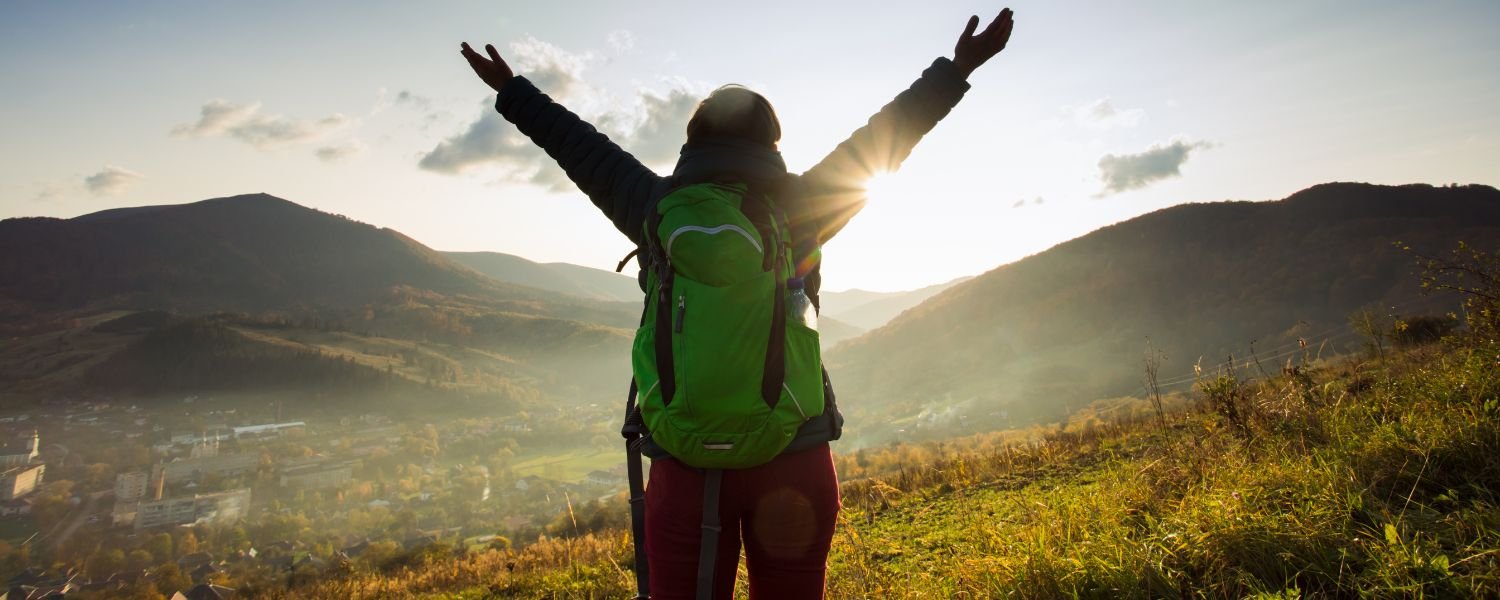
Solo trekking presents a unique set of challenges compared to trekking in a group. While the freedom and solitude can be incredibly rewarding, it also means that trekkers must rely solely on themselves for navigation, safety, and companionship.
The unpredictable weather, rugged terrain, and remote locations further add to the challenge, requiring solo trekkers to be well-prepared both mentally and physically.
How to Prepare for a Solo Trek
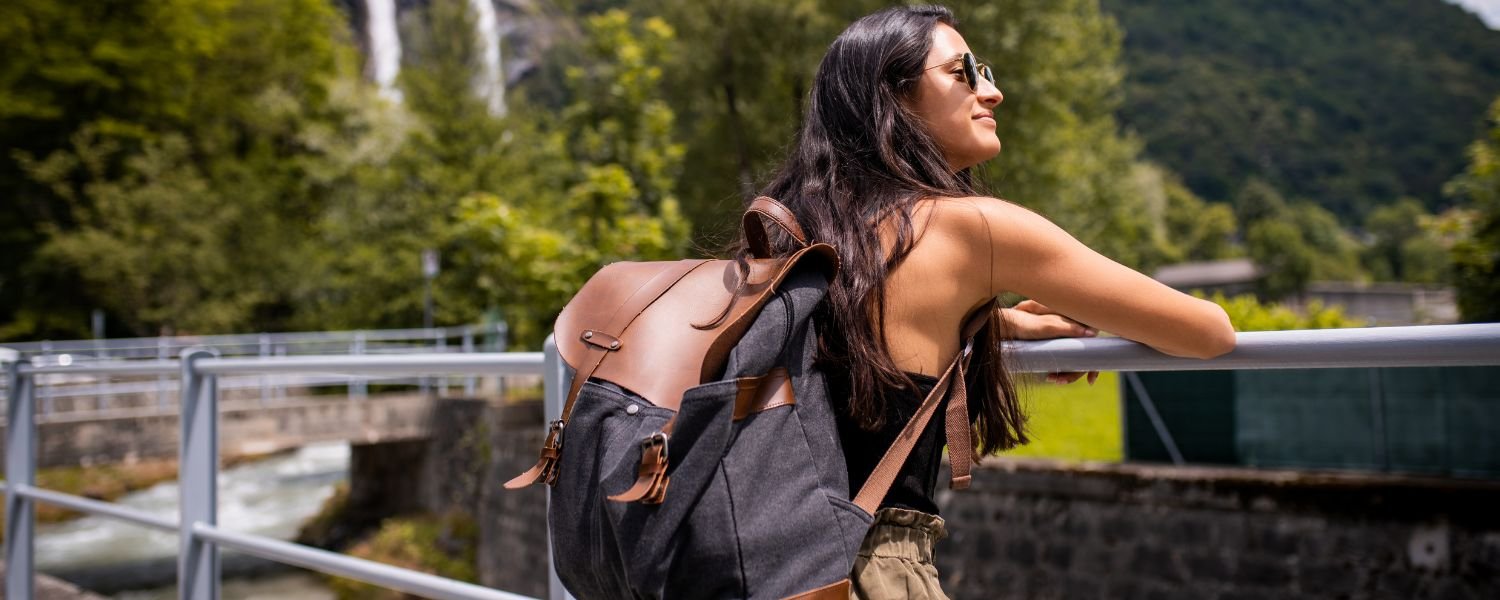
Proper preparation is key to a successful solo trek. This includes thorough research of the chosen trail, understanding the terrain and weather conditions, and packing essential gear such as navigation tools, first aid supplies, and emergency provisions.
Additionally, solo trekkers should ensure they are in good physical condition and have the necessary skills for the trek, such as navigation and wilderness survival.
How to Be a Responsible Solo Trekker
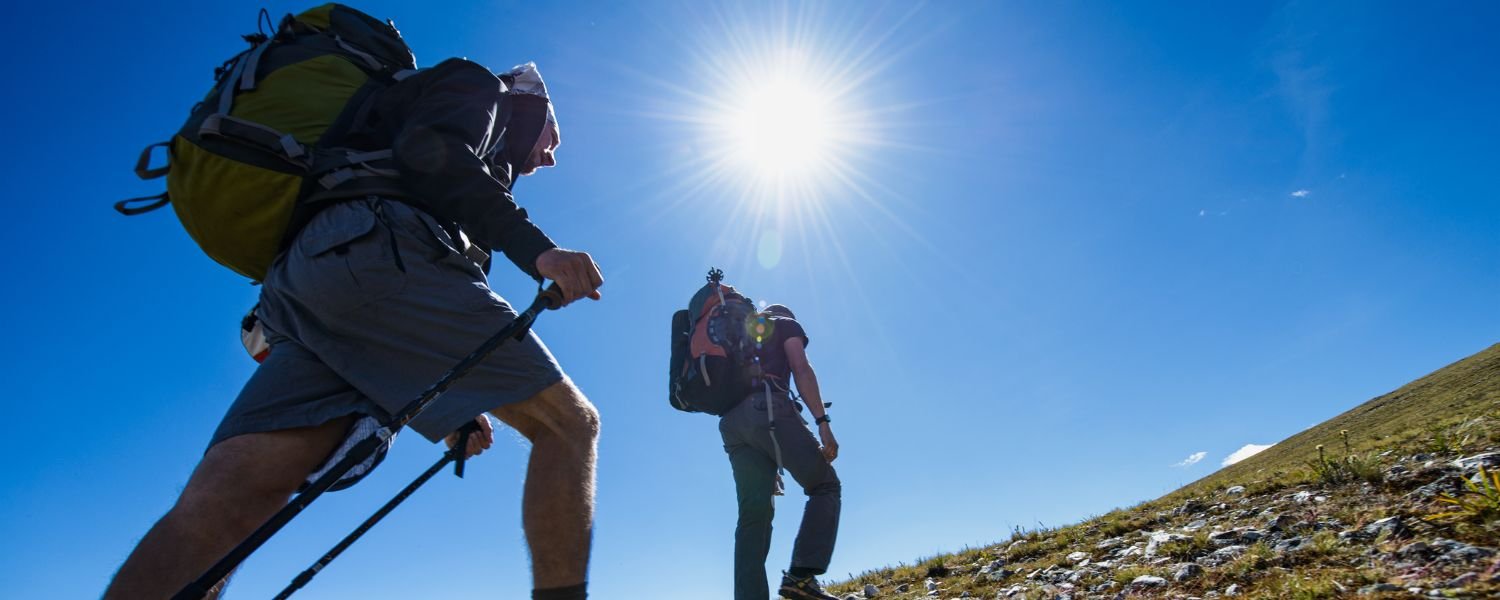
Responsible trekking is not just about enjoying the beauty of nature; it’s also about preserving it for future generations.
Whether you’re trekking solo or in a group, adopting responsible practices ensures that the environment remains pristine and communities are respected.
Here are some essential tips on how to be a responsible solo trekker:
1. Respect Nature
Treat the wilderness with care and respect. Avoid damaging vegetation, disturbing wildlife, or leaving behind any litter. Follow designated trails and avoid creating new ones to minimize your impact on the environment.
2. Leave No Trace
Adhere to Leave No Trace principles by packing out all trash, including food wrappers, tissues, and biodegradable waste. Dispose of waste properly and carry out any non-biodegradable items to dispose of them responsibly.
3. Minimize Campfire Impact
If you’re camping during your trek, use existing fire pits whenever possible. Keep your campfire small and under control, and always fully extinguish it before leaving. Use a camp stove for cooking instead of relying on open fires.
4.Conserve Water
Water is a precious resource in the wilderness, so use it sparingly. Carry a reusable water bottle and refill it from natural water sources whenever possible. Avoid contaminating water sources by using biodegradable soap and washing dishes away from streams and lakes.
5.Respect Local Communities
When trekking in remote areas, be mindful of local customs and traditions. Seek permission before entering private property or sacred sites, and always ask before taking photographs of people or their homes. Support local businesses by purchasing supplies and services from them whenever possible.
6.Practice Safe Wildlife Viewing
If you encounter wildlife during your trek, observe from a distance and avoid disturbing or approaching them. Keep food stored securely to prevent attracting animals to your campsite, and never feed wild animals.
7.Follow Regulations and Guidelines
Familiarize yourself with any regulations or guidelines specific to the area you’re trekking in. This may include obtaining permits, respecting seasonal closures, or adhering to wildlife protection measures.
8.Travel in Small Groups
While solo trekking offers solitude and independence, consider joining a small group or guided tour for certain treks, especially in remote or unfamiliar areas. Traveling in a group can enhance safety and minimize environmental impact.
9.Educate Yourself
Take the time to learn about the flora, fauna, and ecosystems of the areas you’ll be trekking through. Understanding the environment helps you appreciate its value and allows you to make informed decisions about how to minimize your impact.
10.Lead by Example
Set a positive example for others by practicing responsible trekking habits and encouraging fellow trekkers to do the same. By demonstrating respect for nature and local communities, you contribute to a culture of environmental stewardship and conservation.
By adhering to these guidelines, solo trekkers can savor their natural adventures while reducing environmental impact and promoting respect with local communities.
Practicing responsible trekking helps ensure that the wilderness remains beautiful and accessible for future generations.
Bijli Mahadev Trek
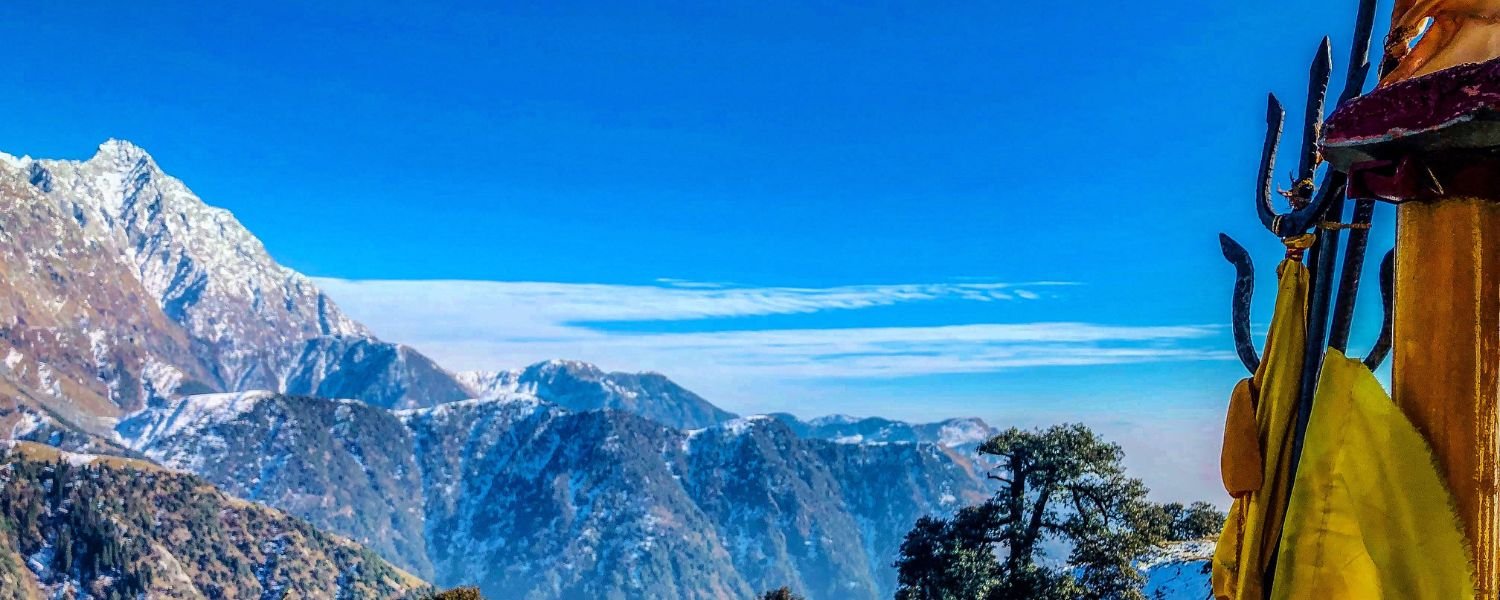
Located in the Kullu Valley of Himachal Pradesh, the Bijli Mahadev Trek is a popular choice for solo trekkers seeking panoramic views of the Himalayas.
The trail winds through dense forests and alpine meadows, culminating at the Bijli Mahadev Temple perched atop a hill.
The trek offers a moderate challenge suitable for beginners, with stunning vistas of snow-capped peaks and valleys along the way.
Lamadugh Trek
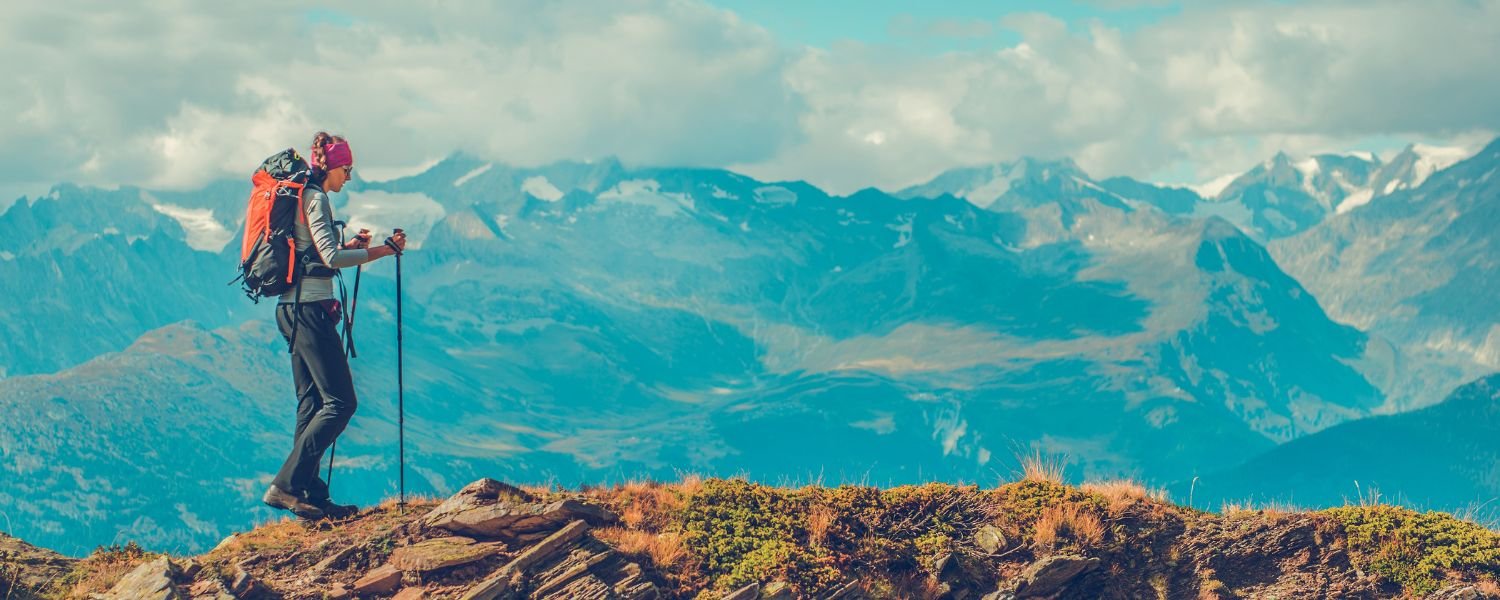
Ideal for those seeking a shorter solo trek in the Manali region of Himachal Pradesh, the Lama Dugh Trek offers breathtaking views of the Dhauladhar and Pir Panjal ranges.
The trail meanders through pine forests and lush meadows, leading to the picturesque Lama Dugh Meadow at an altitude of 9,000 feet.
This relatively easy trek is perfect for beginners and offers ample opportunities for photography and birdwatching.
Solang Valley Trek
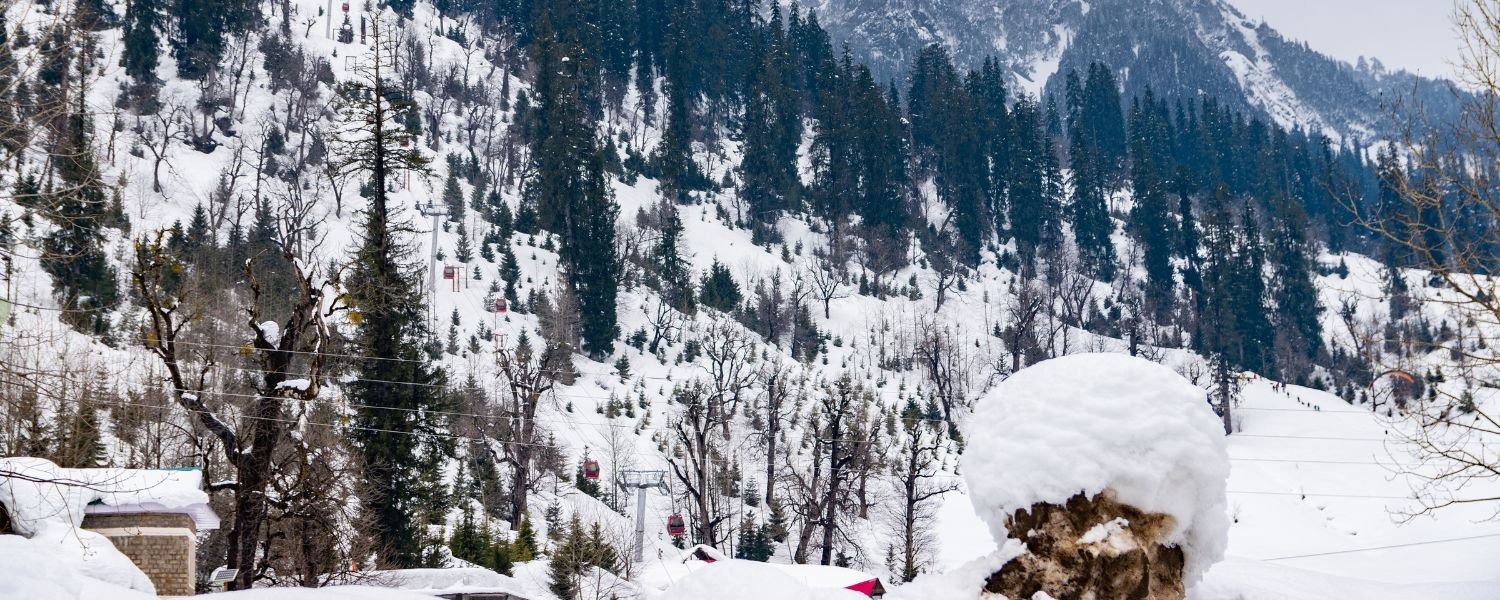
Nestled amidst the Solang Valley in Himachal Pradesh, this trek is renowned for its stunning landscapes and adventurous terrain. Solo trekkers can explore snow-covered slopes, icy streams, and dense forests as they make their way to the scenic Solang Nallah.
The trek offers a moderate to challenging experience, with opportunities for camping and winter sports such as skiing and snowboarding.
Torna Fort Trek
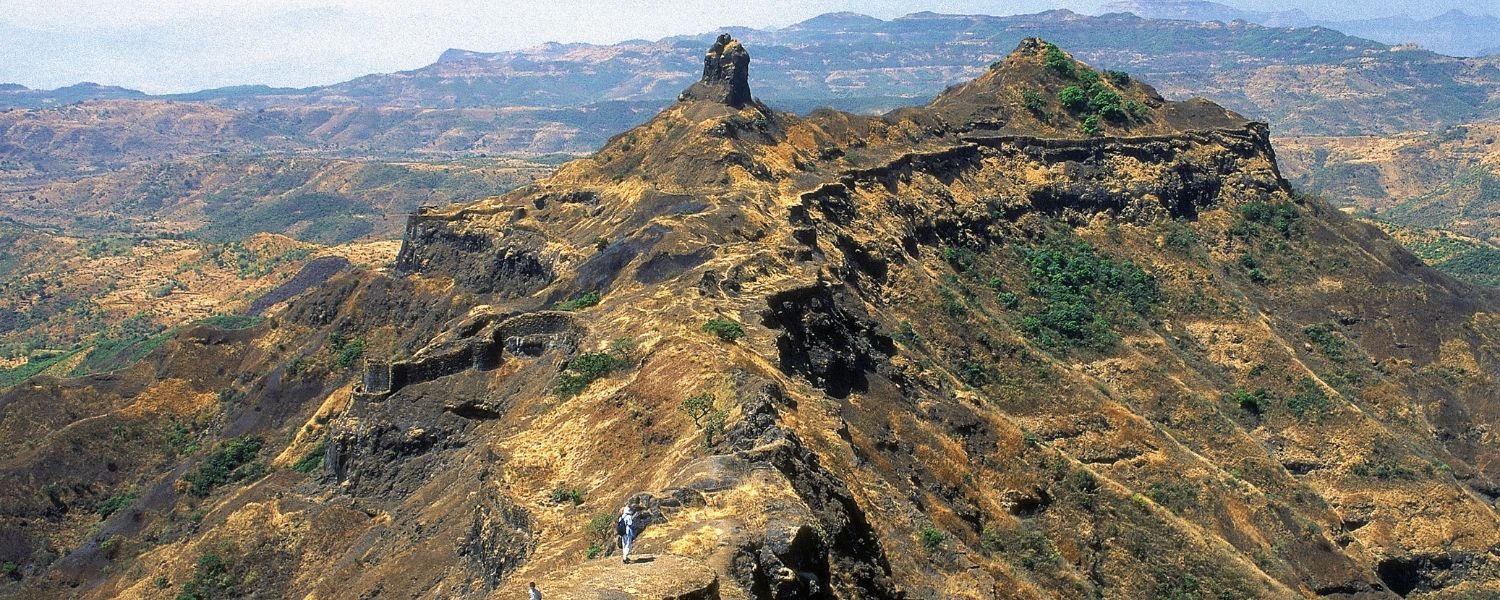
For solo trekkers looking to explore the rich history and rugged terrain of Maharashtra, the Torna Fort Trek is an excellent choice. Situated near Pune, Torna Fort is steeped in Maratha heritage and offers panoramic views of the Sahyadri mountains.
The trek involves a moderate ascent through dense forests and rocky terrain, culminating in a breathtaking view of the surrounding landscape from the fort’s summit.
Jogini Waterfalls Trek
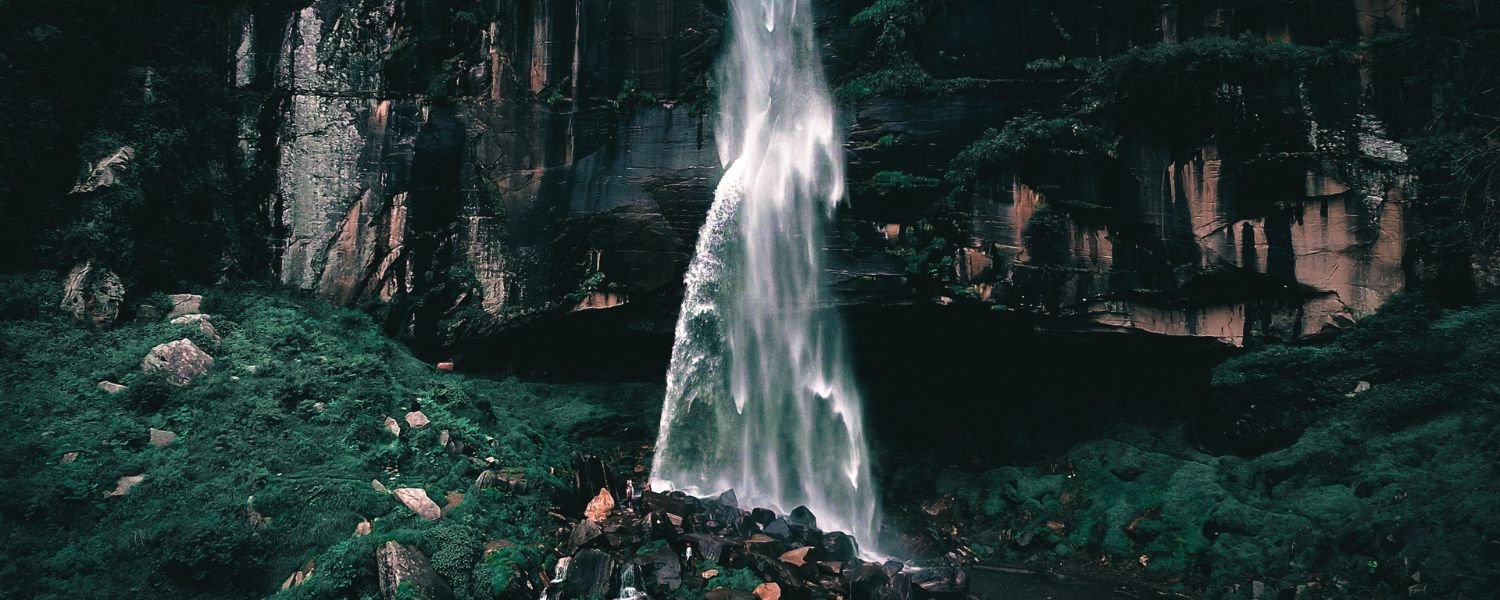
Located near Manali in Himachal Pradesh, the Jogini Waterfalls Trek is a picturesque route that leads to the cascading Jogini Falls.
Solo trekkers can enjoy a leisurely hike through apple orchards and pine forests, with the sound of gushing water accompanying them along the way.
The trek is relatively easy and suitable for beginners, offering a refreshing escape into nature.
Chokramudi Peak Trek
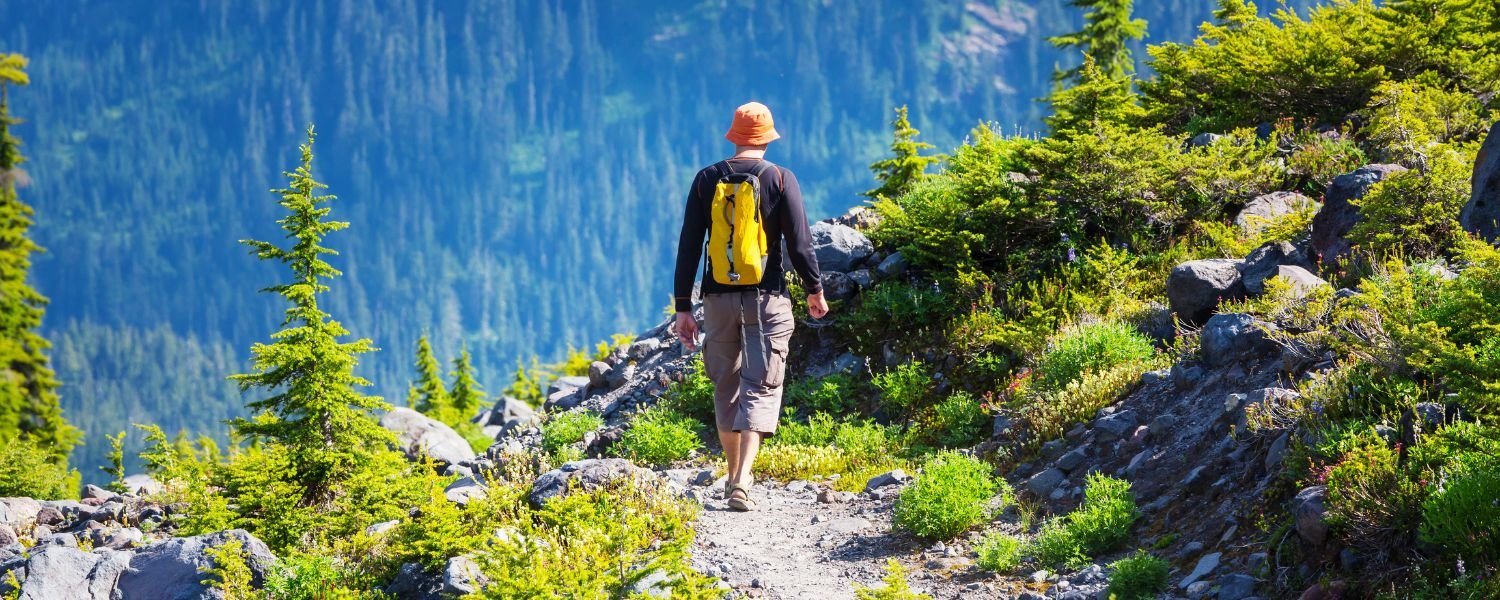
Nestled in the scenic Munnar region of Kerala, the Chokramudi Peak Trek is a challenging yet rewarding experience for solo trekkers. The trail winds through dense Shola forests and grasslands, offering stunning views of the Western Ghats and surrounding valleys.
Trekkers can witness a diverse range of flora and fauna, including endemic species found only in this biodiverse region.
Chanderkhani Pass Trek
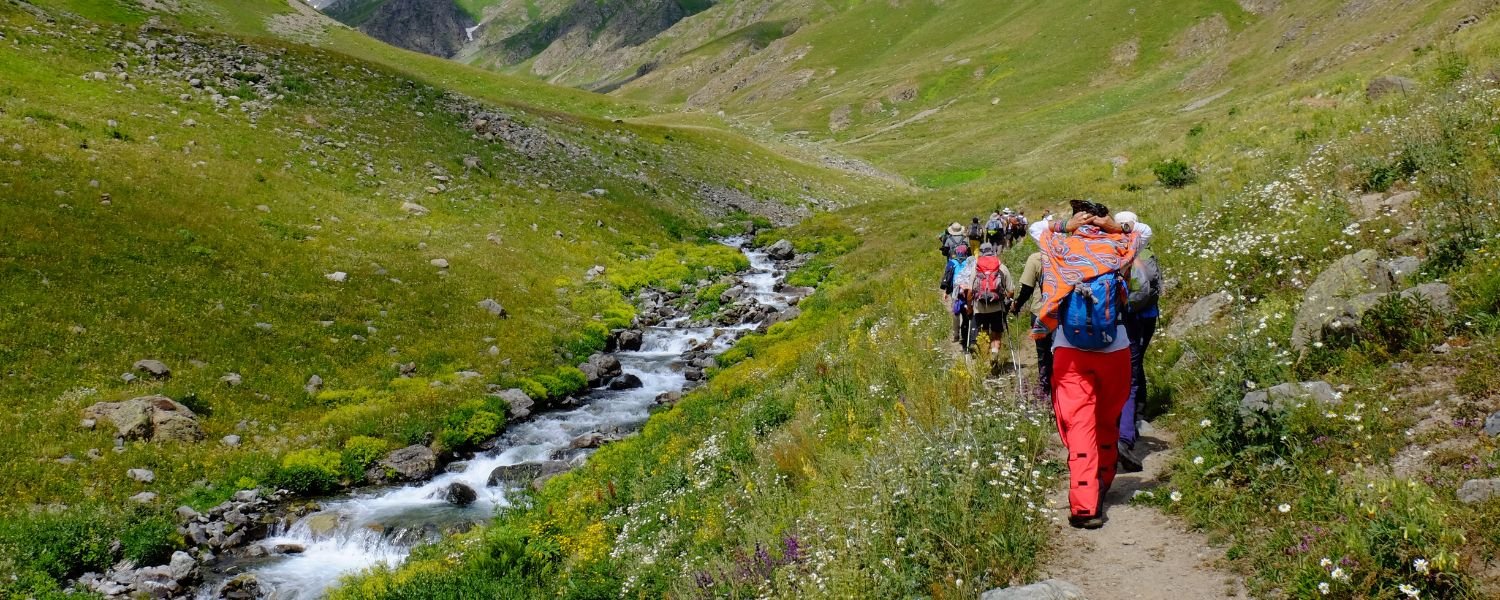
For solo trekkers seeking an adrenaline-pumping adventure in Himachal Pradesh, the Chanderkhani Pass Trek is an ideal choice.
Trekkers can camp under the starry skies and witness breathtaking sunrise and sunset views from the pass.
Roopkund Trek
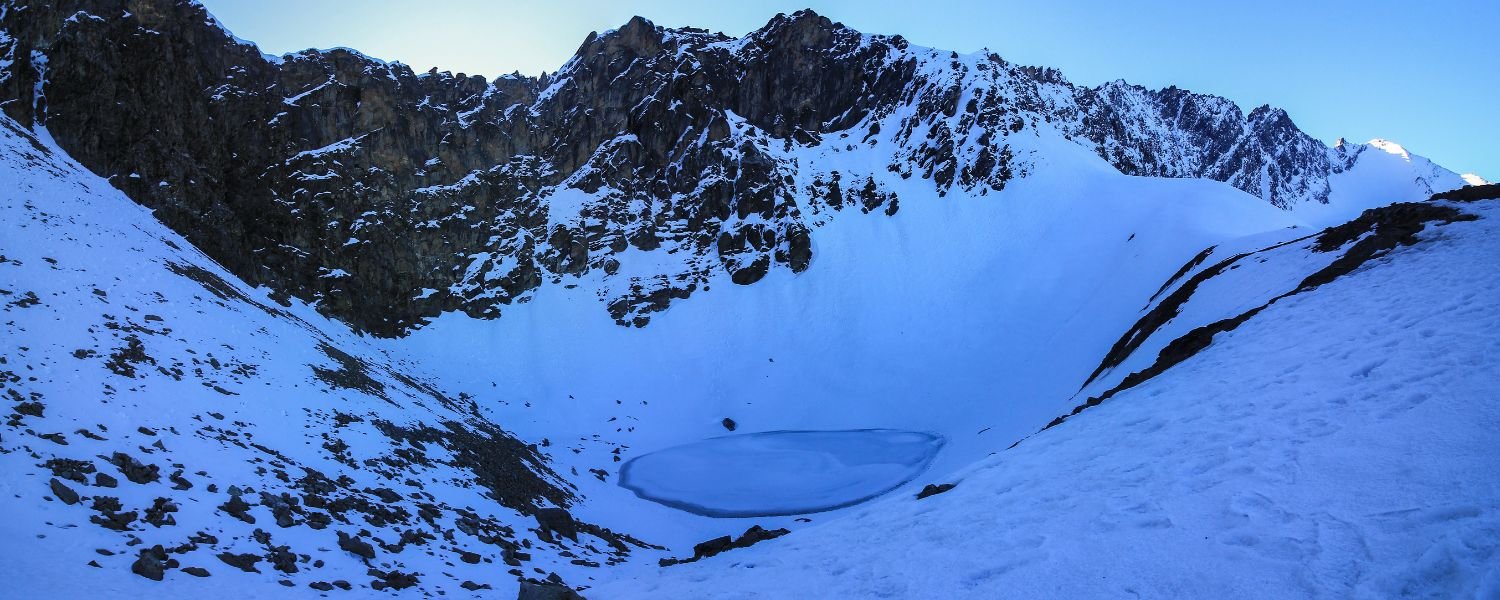
Situated in the Garhwal region of Uttarakhand, the Roopkund Trek is a must-do for adventurous solo trekkers. This trek takes trekkers to the mysterious Roopkund Lake, known for its skeletal remains and stunning alpine views.
Deo Tibba Trek
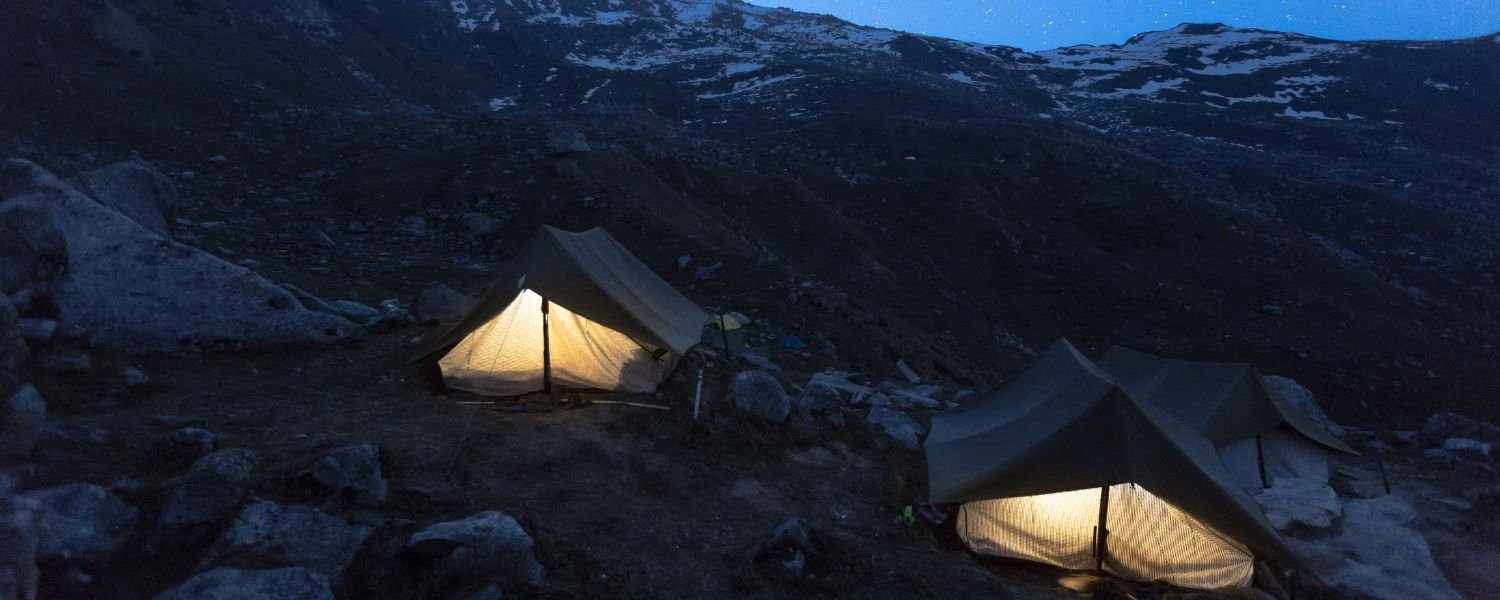
Offering a glimpse into the raw beauty of the Pir Panjal range, the Deo Tibba Trek in Himachal Pradesh is perfect for solo trekkers seeking solitude and adventure.
The trail traverses through lush forests, meadows adorned with wildflowers, and high mountain passes, with panoramic views of the surrounding peaks. Trekkers can also explore traditional villages and interact with local communities along the way.
Things to Keep in Mind Before Going on a Solo Trek
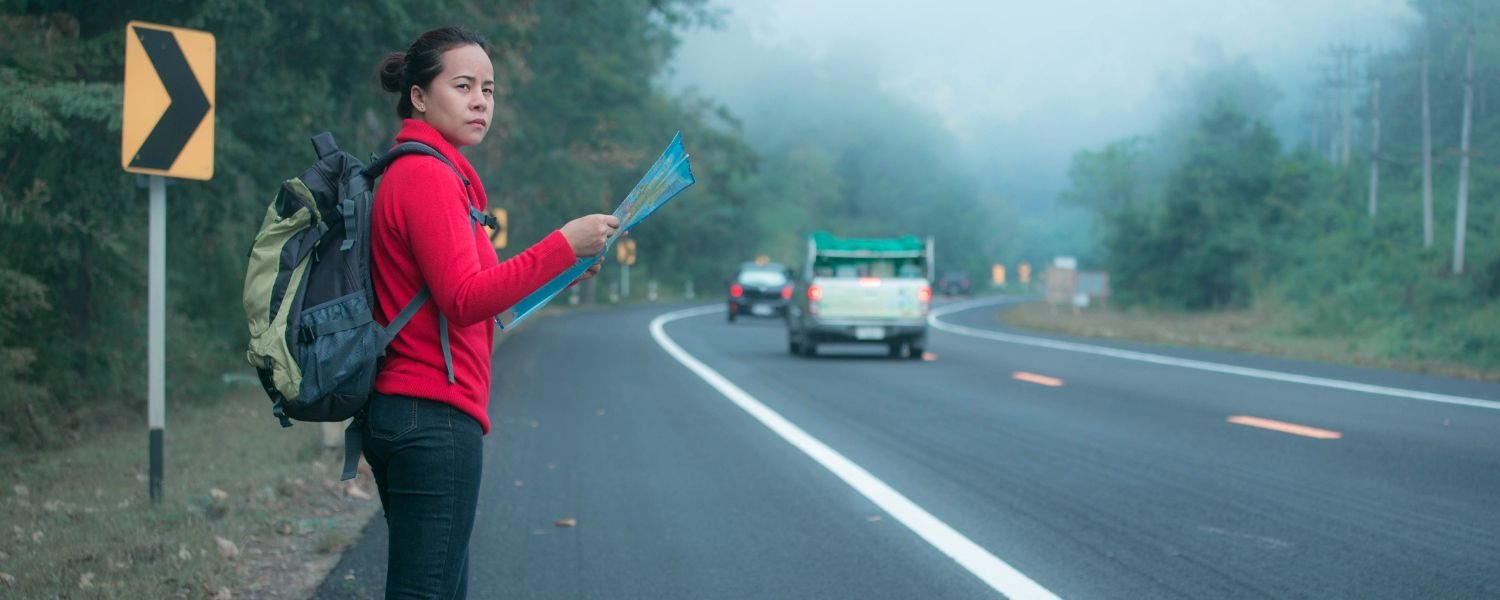
Setting out on a solo trek can be both thrilling and fulfilling, yet it presents unique challenges and factors to consider. Whether you’re an experienced explorer or a newcomer to solo trekking, being thoroughly prepared and knowledgeable is crucial before venturing into the wilderness by yourself.
Here are some essential things to keep in mind before going on a solo trek:
1. Research Your Route
Before selecting a trekking route, carefully investigate the trail, including its difficulty, terrain, weather, and possible risks or challenges you might face.
Assess your fitness and experience, and pick a route that matches your capabilities and interests.
2. Plan Your Itinerary
Create a detailed itinerary for your solo trek, including information about your starting point, planned route, estimated daily mileage, camping locations, and expected duration of the trek.
3. Check Weather Conditions
Keep an eye on weather forecasts for the duration of your trek, and be prepared for sudden changes in weather conditions, especially in mountainous or remote areas.
Pack appropriate clothing and gear for the expected conditions, including rain gear, warm layers, and sun protection.
4. Pack Essentials
For your solo trek, pack essential gear: navigation tools, first aid kit, emergency shelter, food, water, extra clothing, headlamp, multi-tool, and communication devices.
5. Carry Emergency Supplies
In addition to your regular gear, carry emergency supplies such as extra food and water, a fire starter, emergency blanket or bivy sack, signaling devices (whistle, mirror), and a basic repair kit for your gear.
Be prepared to self-rescue or wait for rescue in the event of an emergency.
6. Practice Wilderness Skills
Brush up on essential wilderness skills before embarking on your solo trek, including navigation, first aid, shelter building, fire starting, and basic survival techniques.
Knowing how to respond to emergencies and unexpected situations can help keep you safe in the backcountry.
7. Stay Hydrated and Fueled
Proper hydration and nutrition are essential for staying energized and healthy during your solo trek.
Carry an adequate supply of water and high-energy snacks, and drink and eat regularly throughout the day to maintain your energy levels and prevent dehydration.
8. Be Self-Reliant
As a solo trekker, you’ll be responsible for your safety and well-being, so be self-reliant on the trail.
Trust your instincts, make informed decisions, and be prepared to handle any challenges or obstacles that may arise during your trek.
9. Leave No Trace
Practice Leave No Trace principles to minimize your impact on the environment and preserve the wilderness for future generations. Pack out all trash and waste, minimize campfire impacts, stay on designated trails, and respect wildlife and natural habitats.
10. Stay Flexible
Be flexible and adaptable to changes in your plans or conditions on the trail.
Weather, trail conditions, and unforeseen circumstances may require you to adjust your itinerary or make alternative plans, so stay open-minded and prepared to change course if necessary.
Solo trekking offers the opportunity for personal growth, self-discovery, and connection with nature, but it also requires careful planning, preparation, and mindfulness to stay safe and make the most of your adventure.
Conclusion
Solo trekking in India offers a unique opportunity to connect with nature, challenge oneself, and embark on an unforgettable adventure.
Solo trekkers who embrace responsibility, preparation, and environmental respect can create lasting memories. Experience the thrill of solo trekking in India, from snow-capped peaks to hidden valleys.
For more Travel Related Blogs Subscribe Us!
FAQ
1. Is solo trekking safe?
Solo trekking can be safe with proper planning, preparation, and caution. It’s essential to assess your skills, choose a suitable route, and be prepared for emergencies.2How do 2. I choose a solo trekking route?
When selecting a trekking route, consider factors such as difficulty level, terrain, weather conditions, and your own experience and fitness level.
Research different options and choose one that aligns with your preferences and abilities.
3. What gear do I need for solo trekking?
Essential gear for solo trekking includes navigation tools (map, compass, GPS), first aid kit, emergency shelter, food and water, extra clothing layers, headlamp or flashlight, communication devices (cell phone, satellite phone, or emergency beacon), and emergency supplies.
4. How do I stay safe while solo trekking?
For safe solo trekking, follow safety guidelines, carry essentials, inform someone of your route, stay hydrated, practice wilderness skills, and prepare for emergencies.
5. What should I do if I encounter wildlife on the trail?
If you encounter wildlife while trekking, observe from a distance, avoid disturbing or approaching them, and keep food stored securely to prevent attracting animals to your campsite.
Familiarize yourself with wildlife safety practices for the area you’re trekking in.

